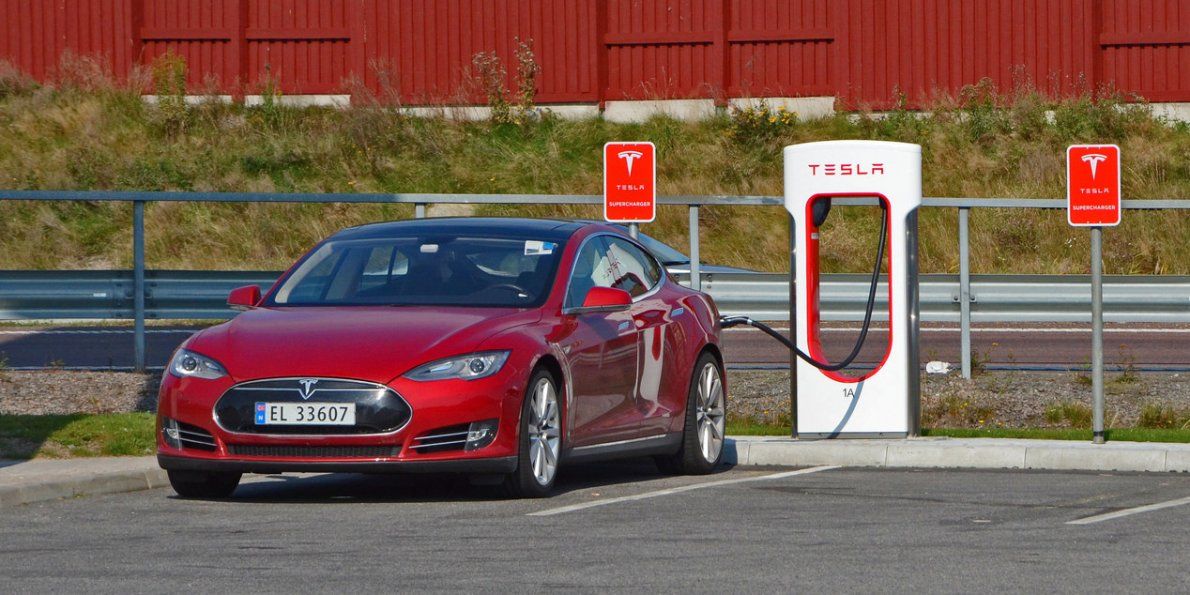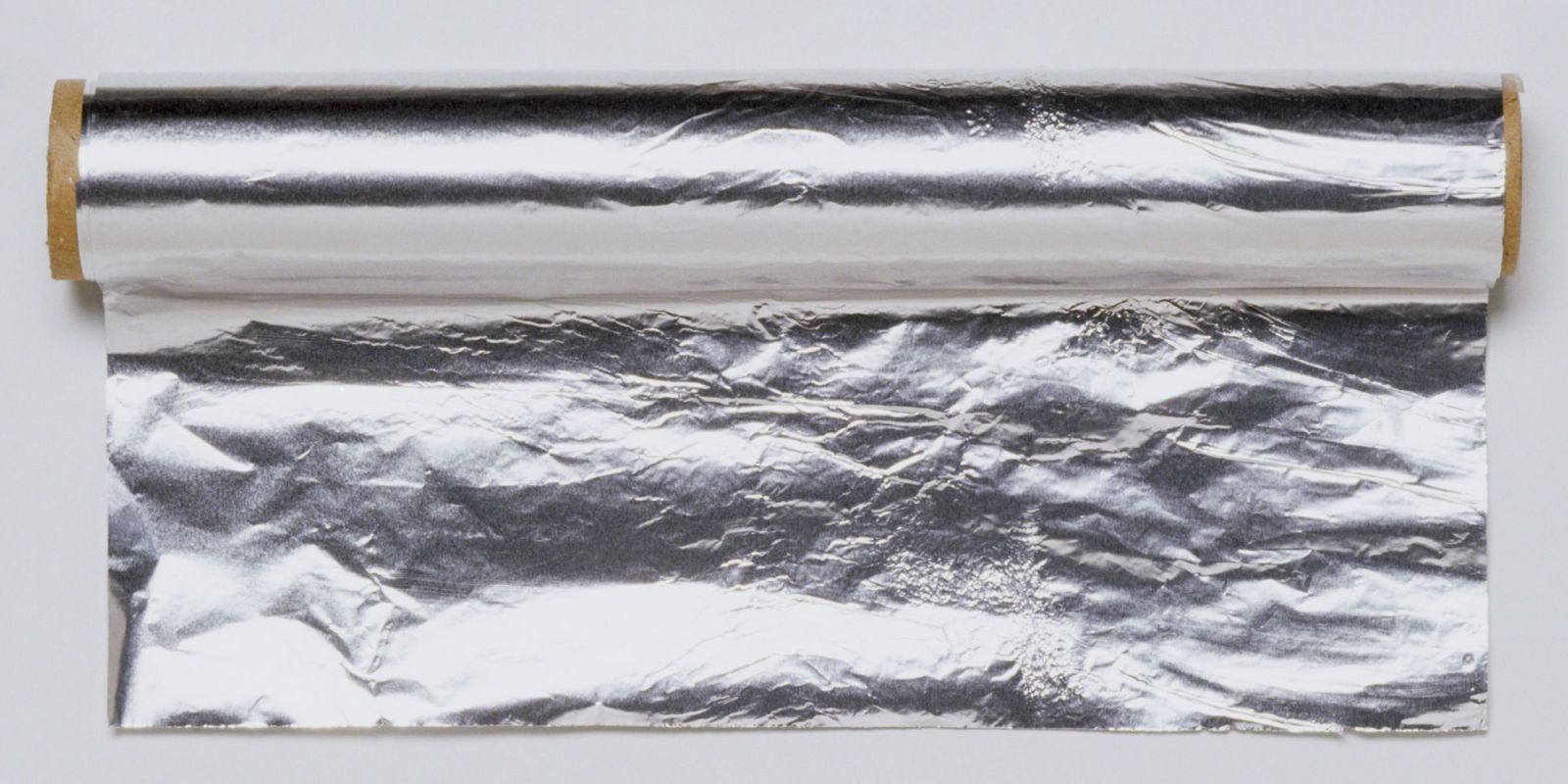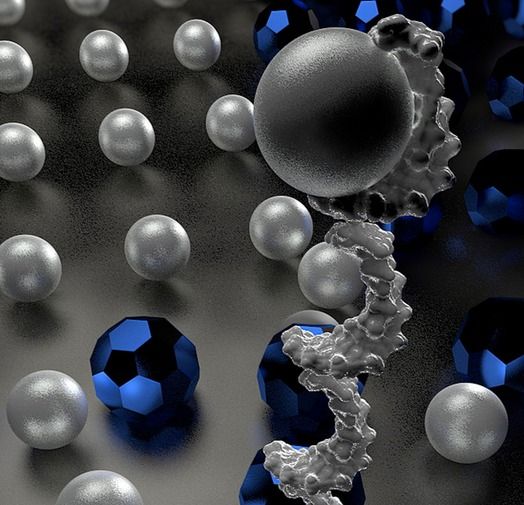How are scientists using jellyfish to create super-advanced polariton lasers? And how do lasers even work in the first place?


Despite sounding like the most egregious contradiction in physics, hot water appears to freeze faster than cold water under certain circumstances. The phenomenon can be traced back to Aristotle himself, but after centuries of experiments demonstrating this phenomenon, no one’s been able to explain it.
Now physicists are pointing to strange properties of hydrogen bonds as the solution to one of the oldest mysteries in physics — but others are claiming the so-called Mpemba effect doesn’t even exist at all.
For a bit of background into the Mpemba effect, this phenomenon has been confounding physicists since Aristotle first noticed it more than 2,000 years ago.



Hormones or sexual experience? Which of these is crucial for the onset of puberty? It seems that when rats are touched on their genitals, their brain changes and puberty accelerates. In a new study publishing September 21 in the open access journal PLOS Biology researchers at the Bernstein Center, and Humboldt University, Berlin, led by Constanze Lenschow and Michael Brecht, report that sexual touch might have a bigger influence on puberty than previously thought.
It has been known for some time that social cues can either accelerate or delay puberty in mammals, but it hasn’t been clear which signals are crucial, nor how they affect the body and brain, and in particular the possible reorganization of the brain.
The researchers first observed that the neural representation of the genitals in the cerebral cortex expands during puberty. To begin with, the study confirms what was expected; that sexual hormones accelerate puberty and the growth of the so-called ‘genital cortex’. However, what’s new is that they find that sexual touch also contributes substantially to the acceleration of puberty.

You might not lie awake at night wondering whether you should be baking atop the shiny side or the dull side of aluminum foil, but just in case you are, we’re here to let you know that there is indeed an answer to this eternal mystery.
According to Reynold’s Kitchen, the difference in appearance between the two sides of aluminum foil is simply a result of manufacturing and serves no real purpose. Meaning, whether you are cooking your food with the shiny side up or the dull side up, you’re doing it right.
Engineers found a new way to 3D print high-strength metal alloys, which previously cracked and left imperfections during the printing process.

Caltech scientists have developed a “cargo sorting” DNA nanorobot programmed to autonomously “walk” around a surface, pick up certain molecules, and drop them off in designated locations.
The research is described in a paper in the Friday, September 15, 2017 issue of Science.